
History
Hardman’s House the 1950s ‘time capsule’ to be reopened by National Trust
2 years ago
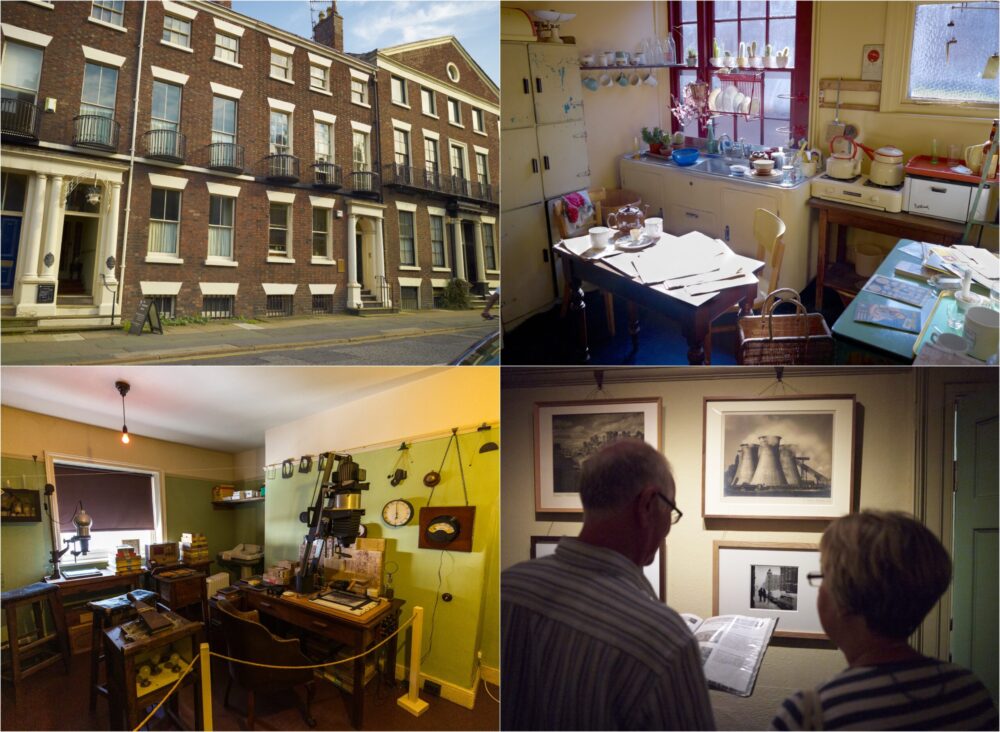
Cared for by the National Trust and preserved as a 1950s ‘time capsule’, 59 Rodney Street was the home and photographic studio of Edward Chambré Hardman and his wife Margaret.
The National Trust is delighted to be reopening one of Liverpool city centre’s hidden gems, Hardman’s House, for visitors to enjoy special guided tours for its autumn season.
One of four properties owned and cared for by the National Trust in Liverpool, the terraced Georgian house of 59 Rodney Street was the home and photographic studio of Edward Chambré Hardman and his wife Margaret between 1949 and 1988.
All four floors of the property are still filled with cameras, studio equipment and other objects left over from their business, as well as the Hardmans’ personal items, including a kitchen stocked with decades-old food packaging and Margaret’s clothes and jewellery.
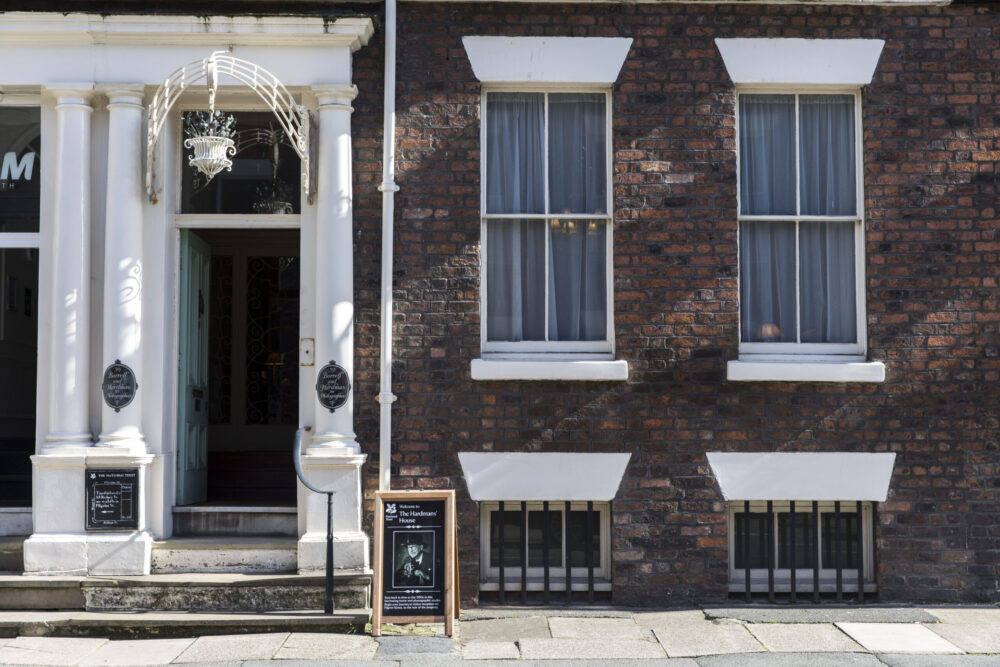
Irish-born Edward became the leading portrait photographer in Liverpool from the 1920s to the 1960s, taking portraits of many celebrities of the age including Ivor Novello, Margot Fonteyn and Patricia Routledge. Margaret Hardman, who was an accomplished photographer in her own right, managed their successful business.
Edward is also noted for his photographs of the British landscape and Liverpool’s mid-20th century transformation. After he passed away in 1988, the house and a vast archive of photographic prints, negatives and records were acquired by the National Trust in 2003. The house has opened on a seasonal basis for guided tours ever since.
The Hardmans’ House, and the staff and volunteers who care for it and its associated archive of over 100,000 negatives and prints, featured prominently in the Hidden Treasures of the National Trust BBC television programme earlier in the year, and the team hope to see extra interest following the broadcast.
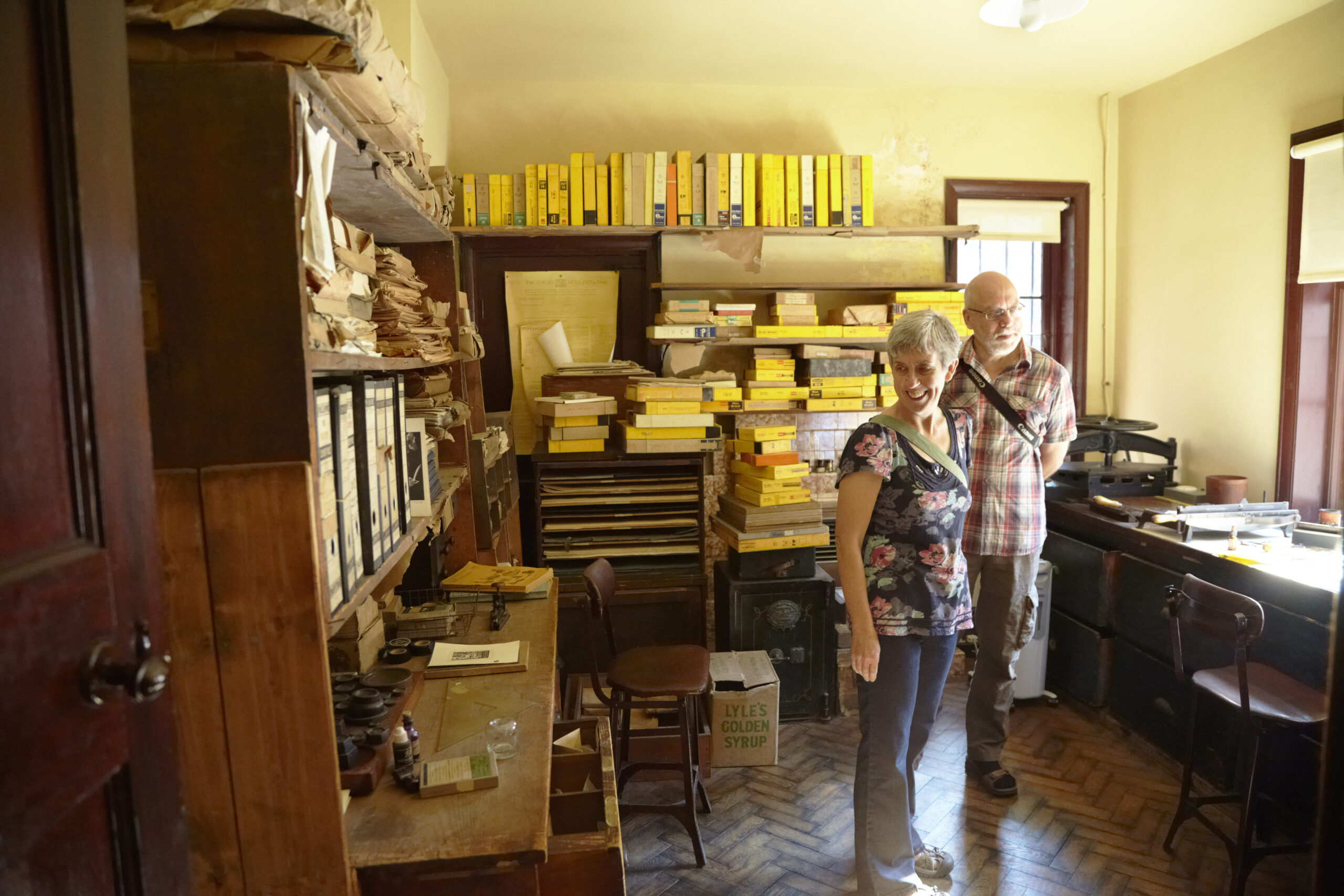
“We’re delighted to reopen the Hardmans’ House to visitors,” says Phillipa Crofts, senior collections & house officer at the National Trust. “The Hardmans were a fascinating couple and not only are their photographs a valuable record of mid-20th century life in Britain, but their home is a must-see experience in its own right. We are hoping to see even more visitors this autumn thanks to the light shone on the work we do by the BBC television programme broadcast in May.”
“Many people from Liverpool and beyond came here to have their portrait taken by Mr Hardman, and those portraits might still be hanging on their children’s or grandchildren’s walls today. For some people, a visit to the Hardmans’ House is a personal journey. For most people, it’s a chance to truly step back in time to when photography was a rare art form.”
Visitors will be able to step inside the impressive Georgian house on Rodney Street as part of a guided tour. The tours last 45 minutes and take visitors to explore three floors of the property including the photographic studio, dark room and the Hardmans’ own living quarters.
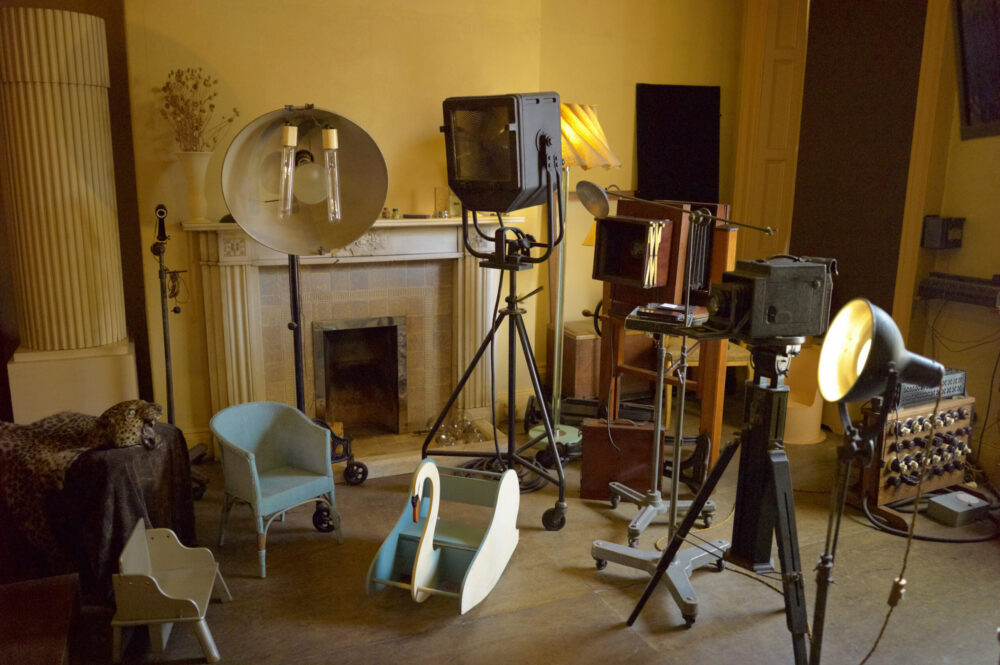
Visitors can also discover a new perspective on the Hardmans’ photography legacy in the new exhibition, On Commission during their tour. This exhibition takes a deeper dive into Edward Hardman’s professional life, shedding light on his extensive portfolio of commercial work, spanning various industries, educational institutions, and businesses. On Commission features a collection of commissioned commercial photography that took Edward Hardman across the North-West region, Yorkshire, and Wales. Visitors can learn more about Hardman’s exploration of diverse locations and environments, as he created a captivating glimpse into various worlds, from factories to private schools.
Entry to the Hardmans’ House is by guided tour only on Fridays and Saturdays between 8 September and 28 October. Spaces are limited so booking is recommended to guarantee a spot on a tour.
Alongside reopening the property to visitors, the National Trust is continuing with a significant conservation project that began in 2019 and has saved well over 20,000 photographic prints and negatives produced by Edward Chambré Hardman and his wife Margaret, most of which have been hidden from public view for decades. For more on the project you can click HERE.



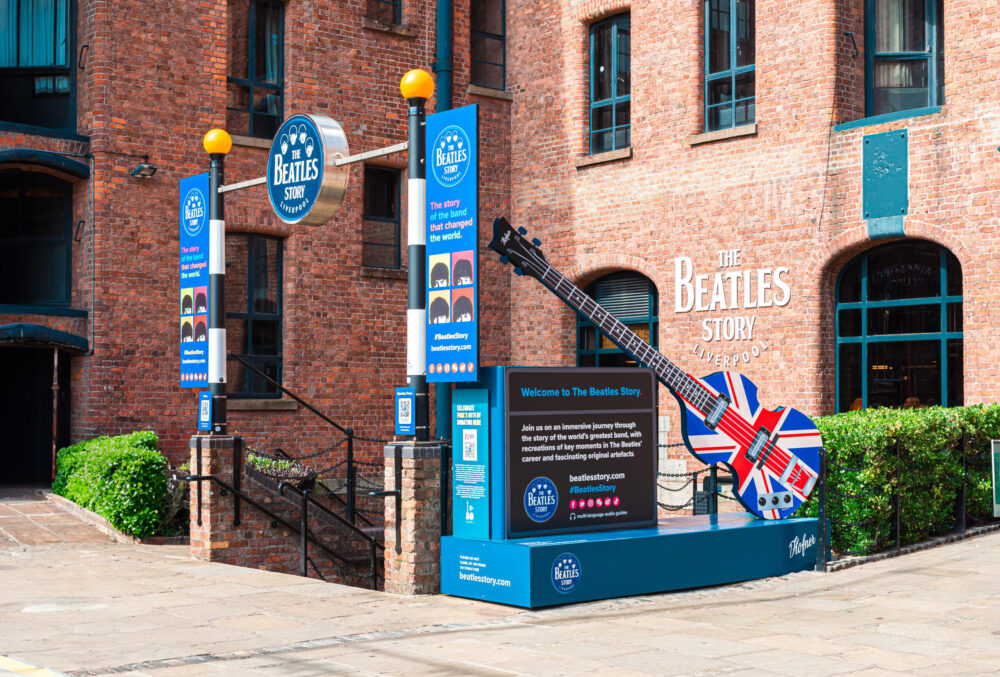
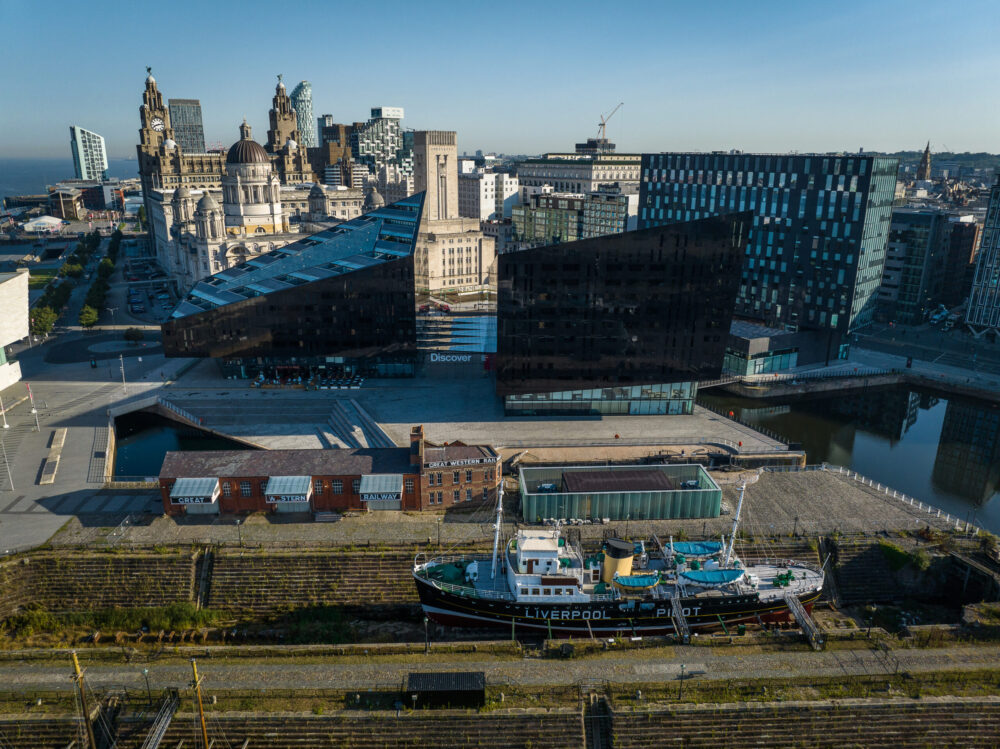
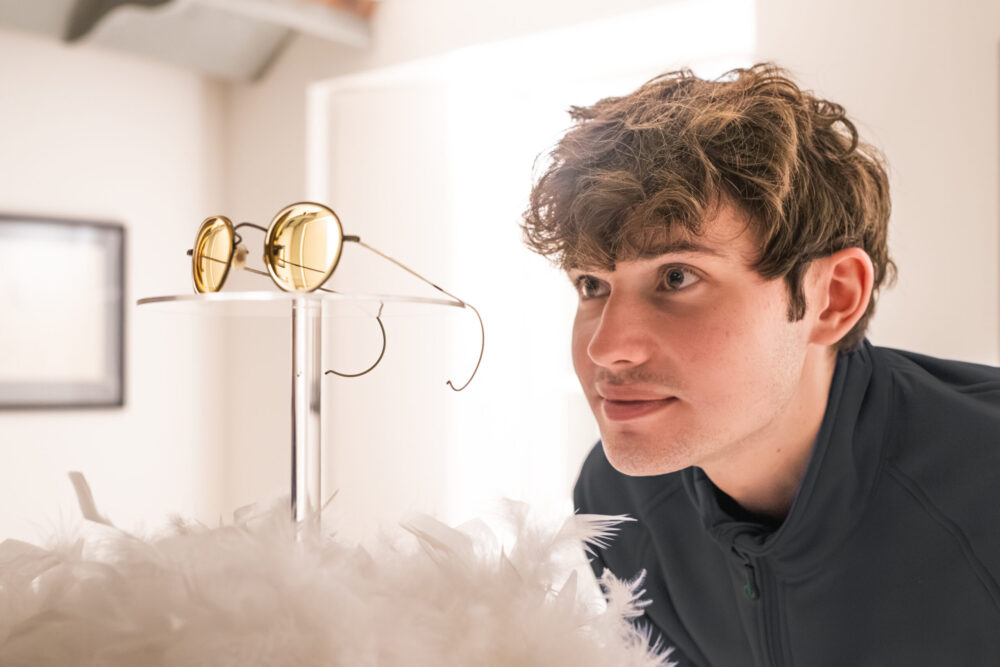
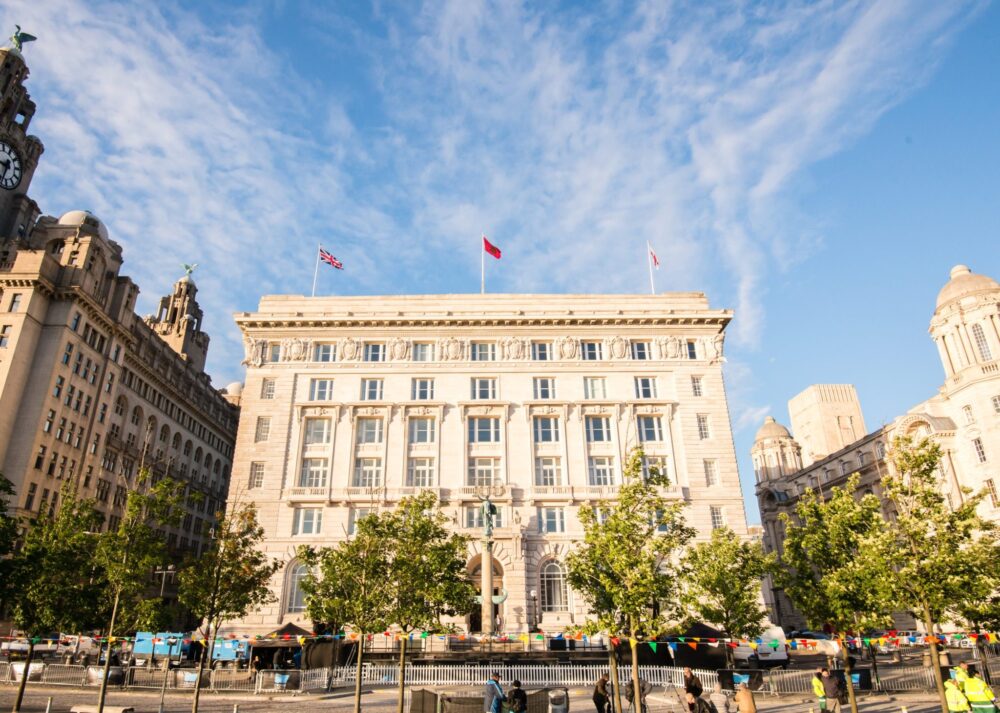
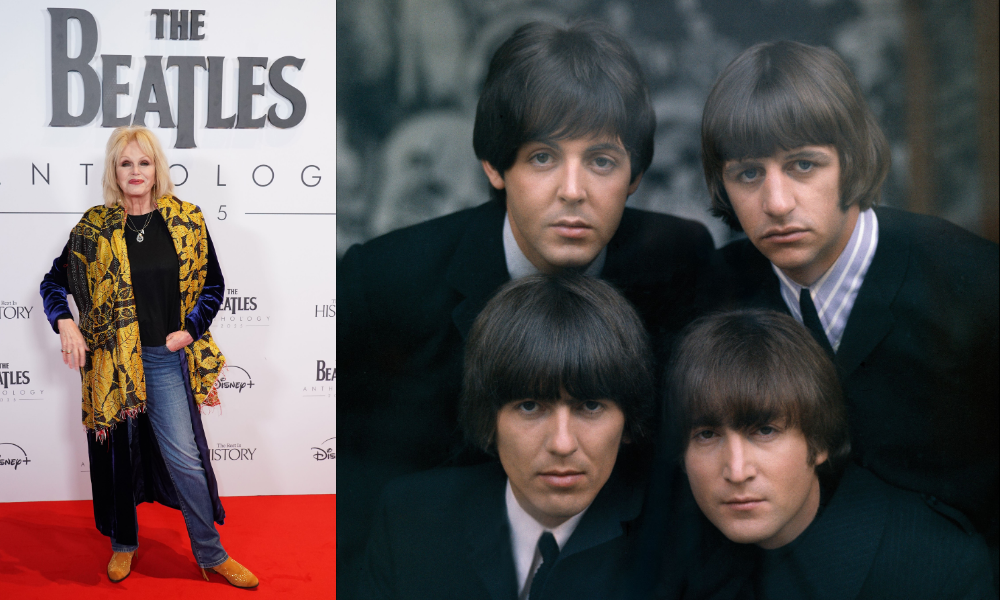
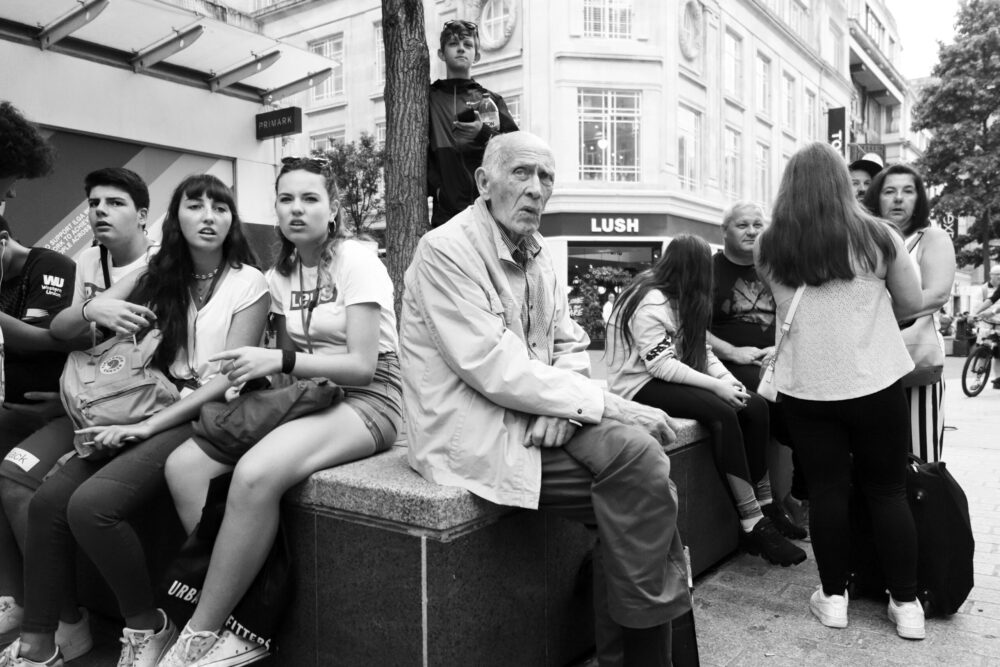
 Subscribe
Subscribe Follow Us
Follow Us Follow Us
Follow Us Follow Us
Follow Us Follow Us
Follow Us Follow Us
Follow Us











